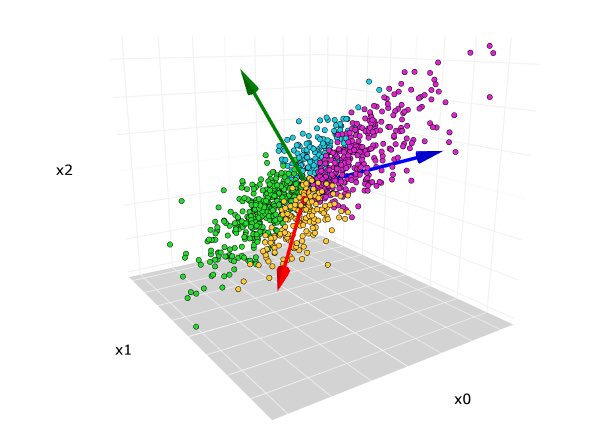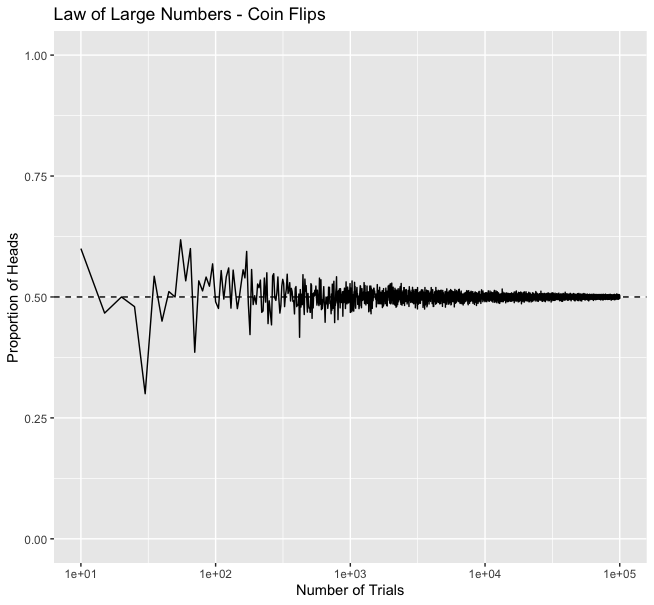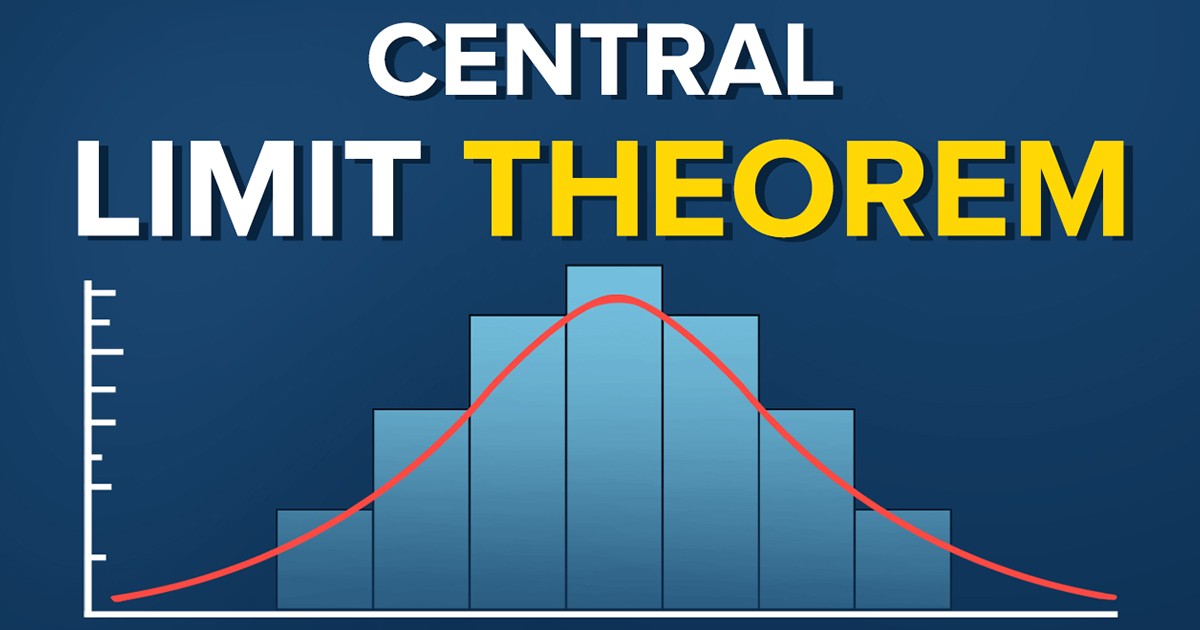1/🧵✨Occam's razor is a principle that states that the simplest explanation is often the best one. But did you know that it can also be applied to statistics? Let's dive into how Occam's razor helps us make better decisions in data analysis. #OccamsRazor #Statistics #DataScience
2/ 📏 Occam's razor is based on the idea of "parsimony" - the preference for simpler solutions. In statistics, this means choosing models that are less complex but still accurate in predicting outcomes. #Simplicity #DataScience
3/ 📊 Overfitting is a common problem in statistics, where a model becomes too complex and captures noise rather than the underlying trend. Occam's razor helps us avoid overfitting by prioritizing simpler models with fewer parameters. #Overfitting #ModelSelection #DataScience
4/ 🔍 A popular application of Occam's razor in statistics is model selection using Akaike Information Criterion (AIC) and Bayesian Information Criterion (BIC). Both criteria add a penalty for the complexity of the model, favoring simpler models. #DataScience #ModelSelection
5/ 🧪 In experimental design, Occam's razor can guide us to focus on fewer variables and interactions, making it easier to detect true effects and reduce the risk of false positives. #ExperimentalDesign #Science #DataScience
6/ 📚 Occam's razor reminds us that complexity isn't always better. In statistics, embracing simplicity can lead to more robust, interpretable, and generalizable results. Keep it simple, and let the data speak for itself! #DataDriven #KeepItSimple #DataScience
• • •
Missing some Tweet in this thread? You can try to
force a refresh

 Read on Twitter
Read on Twitter









